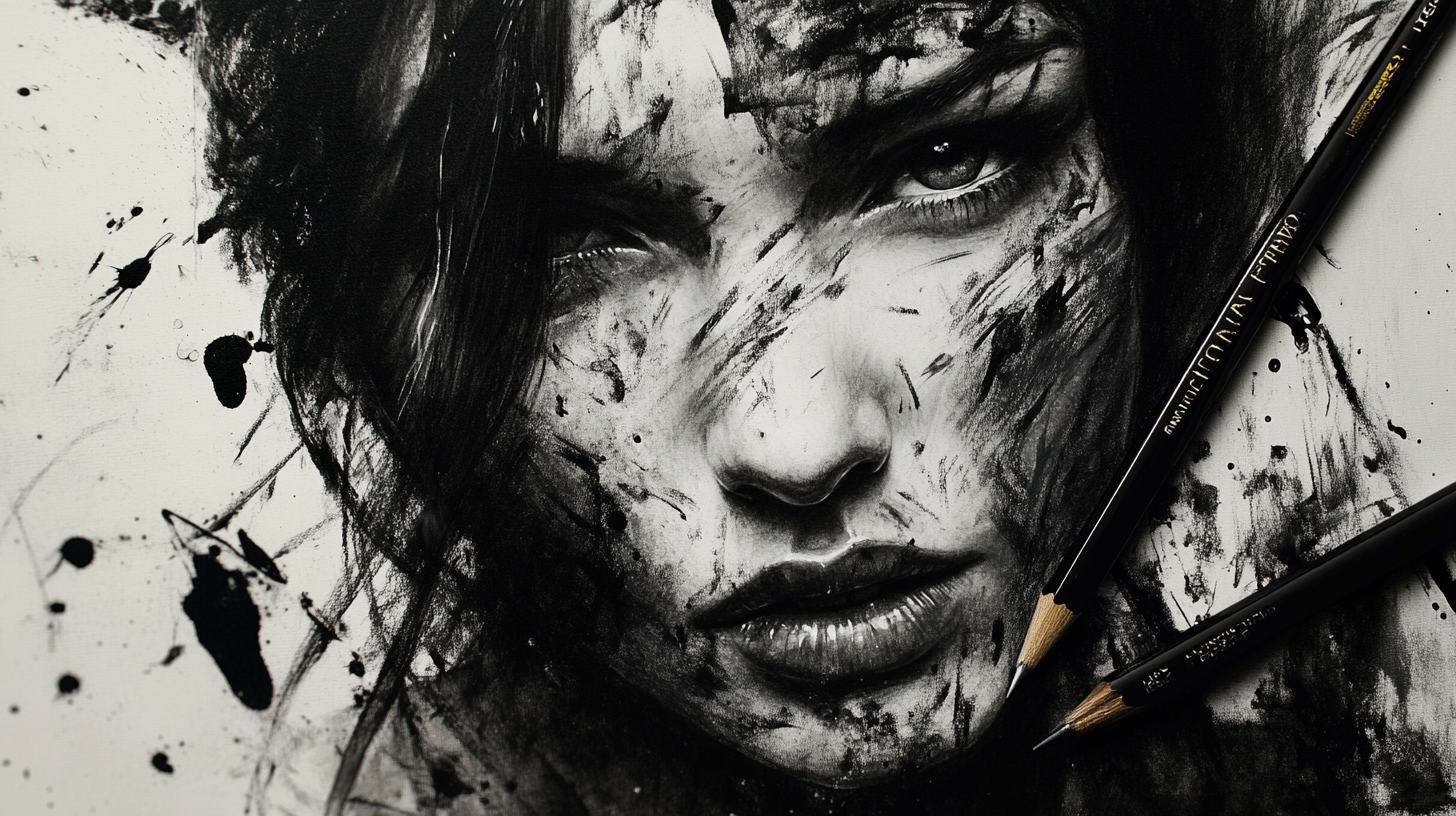How to Use a Value Scale for Better Drawings and Paintings

How to Use a Value Scale for Better Drawings and Paintings
Table of Contents
- What Is a Value Scale?
- Why Artists Need a Value Scale
- Creating Your Own Value Scale
- Practical Ways to Use a Value Scale
- Common Mistakes and How to Avoid Them
- Leveraging TonalValueTool.com for Digital Checks
- Conclusion
Achieving depth and realism in art hinges on accurately capturing tonal values. One of the simplest yet most effective tools for honing your tonal skills is the value scale—a chart typically ranging from pure white to deep black, divided into steps.
Whether you’re working in graphite, charcoal, acrylics, or oils, referencing a value scale can transform a flat sketch into a piece with convincing 3D form. In this post, we’ll look at why a value scale is beneficial, how to create one, and how to use it in your everyday art practice.
Pro Tip: If you’ve ever noticed that your shadows aren’t dark enough or your highlights aren’t bright enough, a value scale can serve as a reality check, helping you identify the discrepancy.
What Is a Value Scale?
A value scale is essentially a range of grays running from white (lightest) to black (darkest), with several steps in between (often 5, 7, or 9 steps). Each step represents a distinct level of lightness or darkness.
Before diving into how to use a value scale, make sure you understand tonal values in art. This foundational knowledge will help you recognize why each step on your value scale matters.
- 5-step scale: Beginner-friendly; includes white, three mid-tone grays, and black.
- 9-step scale: More advanced; adds finer gradations between white and black.
You can buy a pre-made plastic or paper value scale from art stores or create one yourself.
Why Artists Need a Value Scale
- Objective Comparison
It helps you objectively compare the subject’s tones to your drawing or painting. Instead of guessing, you match it against your scale. - Consistent Shading
A value scale ensures you’re consistent across the whole piece. If the background is supposed to be value 7, you can keep checking to maintain that tone. - Training Your Eye
Over time, using a value scale trains you to recognize subtleties in light and dark, helping you transition away from reliance on it.
Creating Your Own Value Scale
- Gather Supplies
- A small strip of smooth paper or cardstock
- Pencils ranging from 2H to 6B (or paints for a painted scale)
- A ruler and a fine-tipped marker
- Outline Squares
Divide the strip into equal squares (say 5 or 9). Label them from 1 (white) to 5 or 9 (black). - Start with Extremes
The first square remains white (paper color); the last square is as dark as you can make it (solid 6B shading or black paint). - Fill the Middle
Evenly shade or paint each progressive square, aiming for an even gradation. Number them to track which is which (e.g., 2, 3, 4, etc.). - Refine Revisit each step to ensure a smooth transition. Your eye should see a gradual shift from white to black.
Alternatively, use a tonal value app like ours to generate a digital value scale instantly, showing you 2-16 distinct tonal levels from any reference photo.
Practical Ways to Use a Value Scale
- Match Reference
If you see a mid-tone in your still life, hold the scale next to the object to gauge its approximate value number. Then replicate that in your art. - Check Your Artwork Move the scale across your drawing to see if your intended dark areas are truly as dark as your reference. Digital artists can use a value finder for artists to compare their work against reference photos in real-time. Adjust if needed.
- Simplify Complex Scenes
When overwhelmed by details, use the scale to identify which major areas fall into dark (7–9), mid (4–6), or light (1–3) values. - Plan Paint Values
Pre-mix your paint to match certain squares on the scale. This is extremely helpful for underpainting or blocking in large areas.
Common Mistakes and How to Avoid Them
- Too Narrow a Range
Many beginners use only mid-grays. Push your darks darker and keep your highlights bright for proper contrast. - Over-Blending
If you blend every area into one homogenous gray, you lose the distinct steps. Use crisp edges between values for clear contrast. - Neglecting Context A value might seem dark in isolation but is lighter compared to a true black. Always compare relative to other areas in your artwork.
The value scale is just one tool in your shading arsenal. Learn more shading techniques for beginners to combine value accuracy with effective mark-making.
Leveraging TonalValueTool.com for Digital Checks
If you work from digital references, our tonal value converter can instantly convert your image to grayscale. Compare this to your own value scale. This combination—physical scale + digital grayscale—ensures consistent and accurate tonal translation from photo to paper or canvas.
Conclusion
A value scale is an indispensable, low-tech solution to one of art's most critical tasks—getting the values right. By learning to measure light and dark with precision, you can greatly enhance realism and depth in your work. Over time, consistent use of a value scale will refine your instincts, allowing you to judge values with growing accuracy and confidence.
For a complete breakdown of tonal theory, see our Tonal Values 101 tutorial.